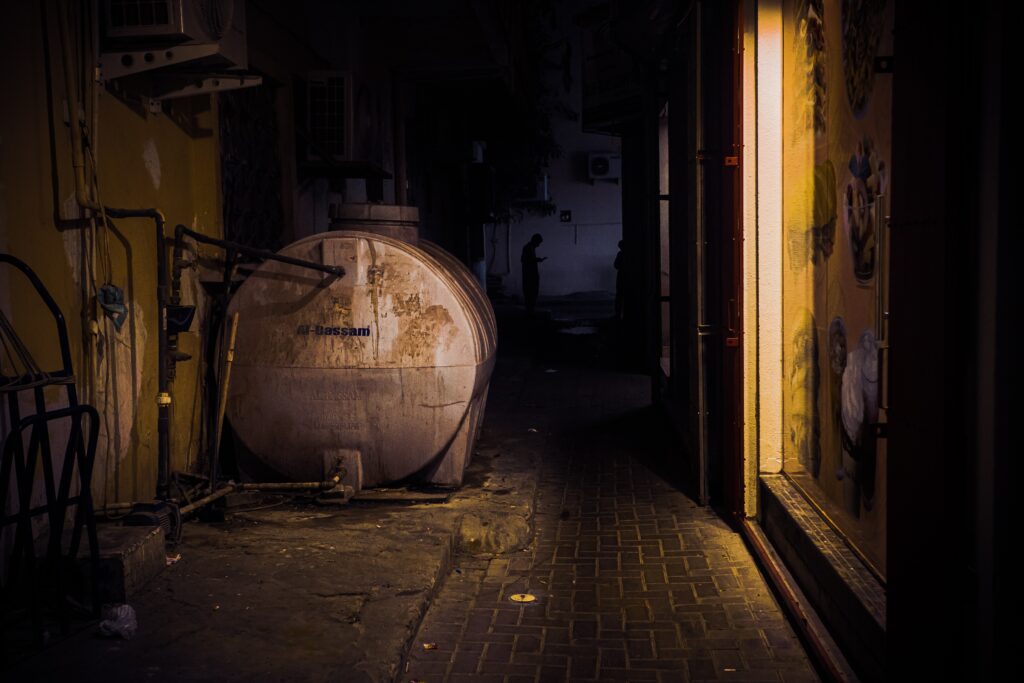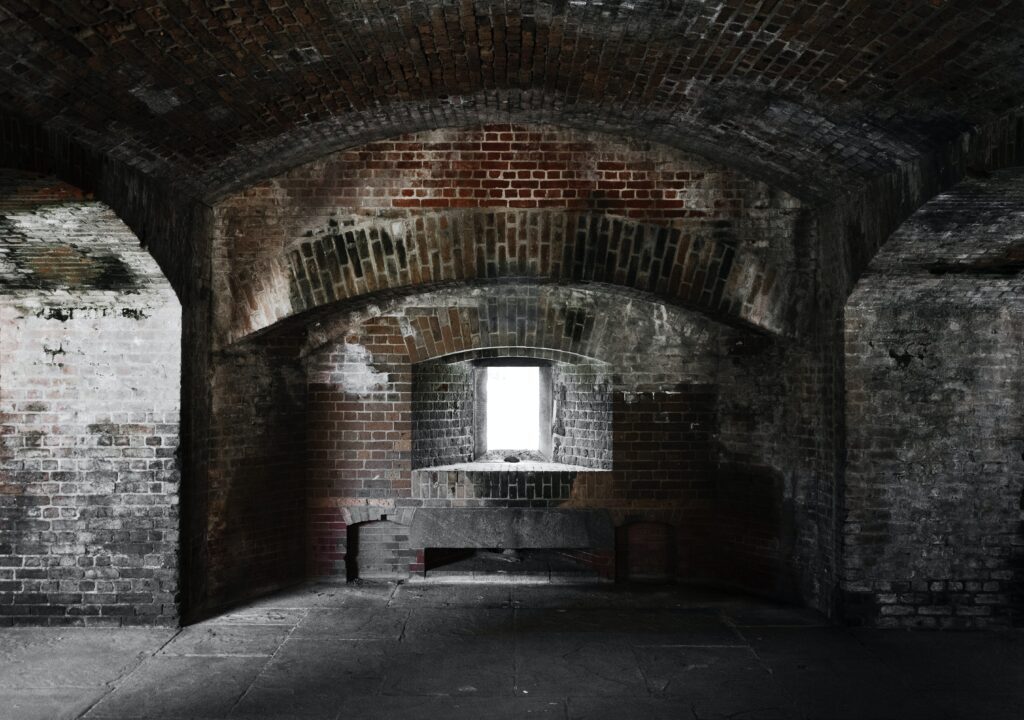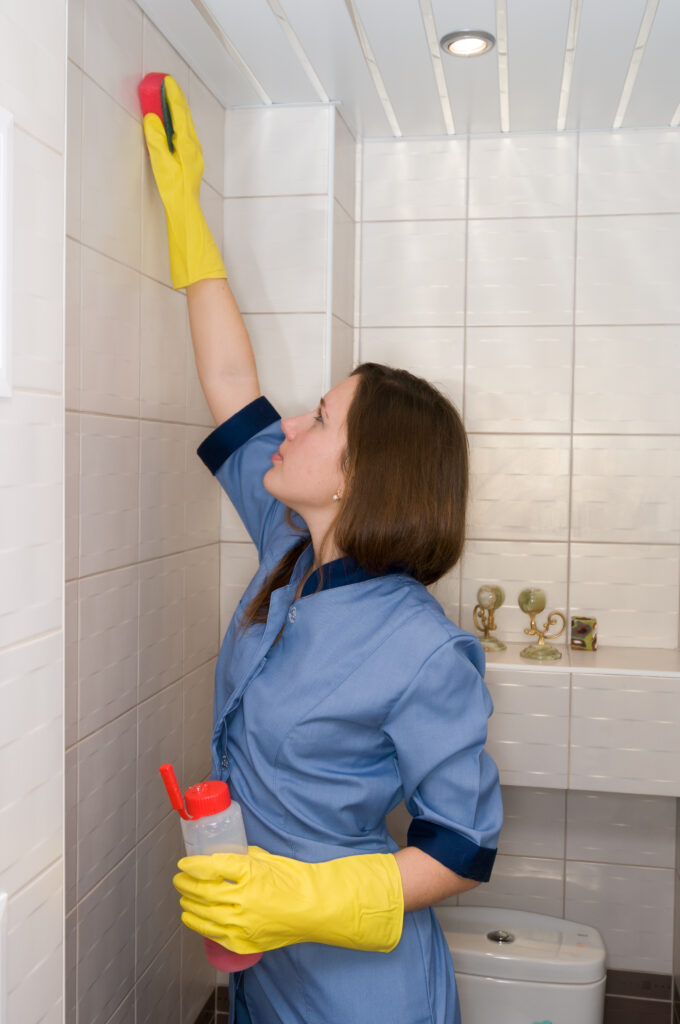It’s hard to imagine a basement without mold growing on the walls.
But, it is natural to want to keep your basement mold-free. This is because it can create an uncomfortable, musty, and humid environment in your home. However, mold can grow in pretty much any part of the house. It grows on walls, floors, windowsills, and anywhere else that lacks proper ventilation. Molds, mildews, and bacteria can cause headaches, respiratory problems, allergies, and other illnesses that are not just unpleasant but also costly to treat. This question is one that many homeowners have, and it’s not an easy one to answer. If you suspect you have mold in your basement, some steps can be taken to find and eradicate the mold. This article will help you identify the signs of mold and what to do if you find any.
Signs of mold
Common signs of mold include damp, musty, and sometimes moldy smells. These conditions usually happen when it’s not dry enough in the area for water to evaporate. However, mold can also be found on damp walls, floors, and walls near windows, vents, or pipes. Mold also may appear in clothes or furniture that has contact with the damp areas.

Should I worry about mold in the basement ?
In a perfect world, no basement would have any mold. And while there may be a few homes in the world that are free of mold growth, it’s not a common issue. There are a variety of reasons why you may have mold in your basement, and you should not ignore it. If there are any issues with the ventilation system of your home, you may have a problem. By having a high moisture content in the air, this is what causes mold to grow.

What Causes Mold in a Basement?
Mold is typically caused by a combination of the following factors:
- Airflow
- Saturated air
- Poor ventilation
- Overcrowding
A house that is used to being inhabitable and has little ventilation in rooms or the basement is the perfect environment for mold to grow. When the house is humid, mold thrives. This is because when moisture accumulates in the air, it creates an environment that is conducive to mold to grow. The ideal environment for mold to grow is also a problem for your health, as mold can be inhaled and cause issues like headaches, respiratory problems, and even asthma.

Yellow mold is caused by exposure to moisture. In areas with high humidity, and in dark spaces molds grow quickly and take over the entire space.
Black mold in your basement is most often caused by indoor/outdoor
The green mold is common in the foundation of your home. Once the concrete slab is poured, it will eventually be exposed to the environment. This can be through leaking roofs, uneven dirt floors, or anything else that has contact with rainwater. Molds can grow in the dirt or they can sprout on a damp wall. If the mold is on the outside of the wall, you may find it when you’re conducting cleaning or remodeling.
DIY remover:
How to find and eliminate the mold?
The first step to identifying and eliminating the mold is to determine if it is actually present. In many instances, if the basement is frequently damp, mold can exist. This usually happens when your house is set on a slope and water collects in one spot on the basement floor or walls. However, if your basement is dry and not constantly damp, it is unlikely that there is mold present. You can check for the presence of mold on your own if you want to see for yourself. Just like plants can grow in similar habitats, so can fungi and bacteria. One way to identify mold is to check for visible white mold growth or gray or green spots on the walls, wood, carpet, and any other materials. Also, look for areas where dampness and humidity are the highest – places like in the corners of your basement. When water or moisture gets in a basement, it often creates an environment for mold to grow. For example, dirt or other materials that can clog up pipes can lead to a leaking roof. The next step is to figure out how much of the mold is there and how it has been growing. It is essential to know this because it will give you the best information to make any decisions you need to take. However, don’t think you need to be an expert.
How to get rid of the mold in the basement ?
Mold can cause allergic reactions. If you notice a bad smell or if it’s hard to breathe, you should call a professional cleaner. Some ways of getting rid of the mold in your basement include:

- Using bleach and water: Mix one part bleach with three parts water. Spray the mixture on the walls and let sit for an hour before scrubbing it clean with a scrub brush. Do this twice before disinfecting with either vinegar or rubbing alcohol ;
- Hydrogen peroxide mixed with water is a cheap way that can help you remove the mold ;
- Covering the area with plastic sheeting or tarping off affected areas until they are dry enough to clean up ;
Here we leave links to some helpful videos on “ How to remove mold from the basement” :
How to get rid of mold on basement ceiling:
How to get rid of mold in basement drywall:
Mold to floor joists:
How to fix the moisture problem in the basement :
We hope you’ve enjoyed our post. You can check out our other post for more great ideas.




